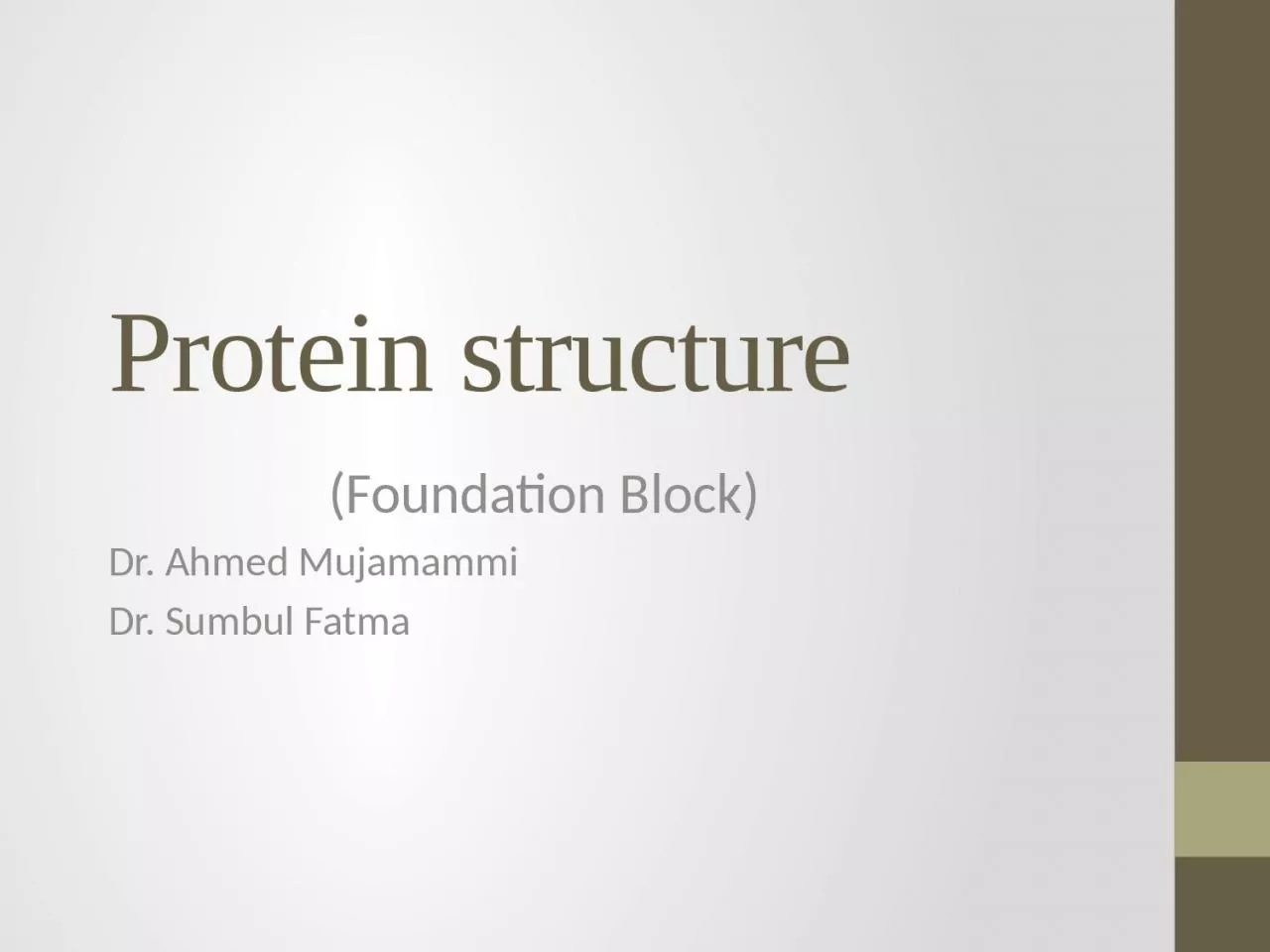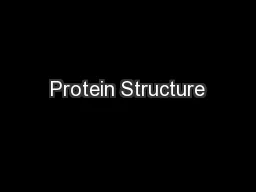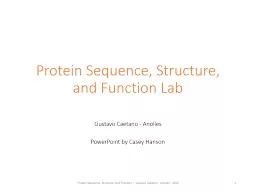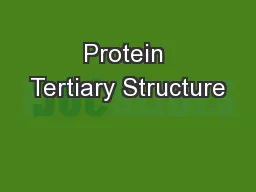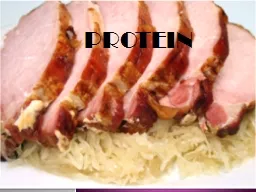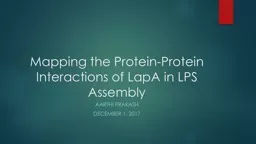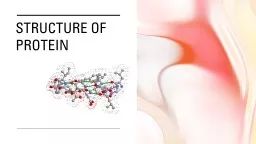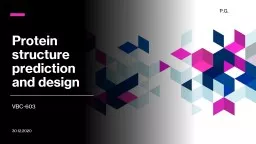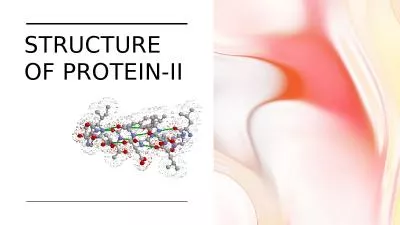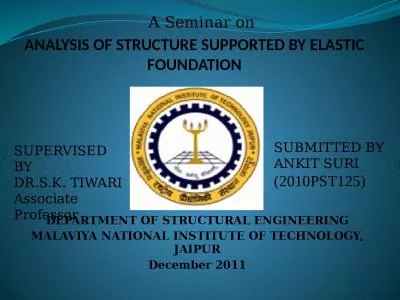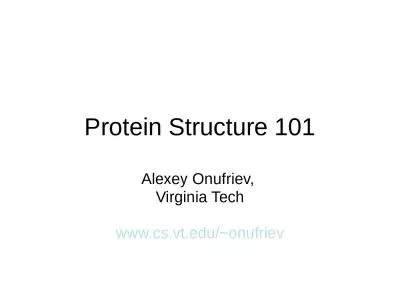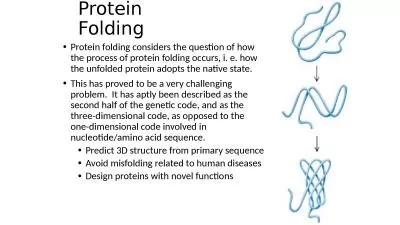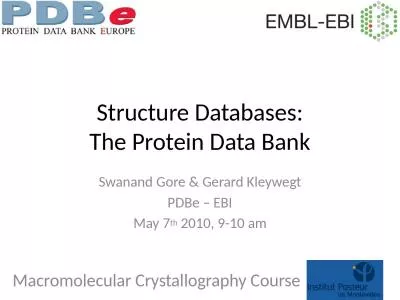PPT-Protein structure (Foundation Block)
Author : Younggunner | Published Date : 2022-08-04
Dr Ahmed Mujamammi Dr Sumbul Fatma Learning outcomes What are proteins Structure of proteins Primary structure Secondary structure Tertiary structure Quaternary
Presentation Embed Code
Download Presentation
Download Presentation The PPT/PDF document "Protein structure (Foundation Block)" is the property of its rightful owner. Permission is granted to download and print the materials on this website for personal, non-commercial use only, and to display it on your personal computer provided you do not modify the materials and that you retain all copyright notices contained in the materials. By downloading content from our website, you accept the terms of this agreement.
Protein structure (Foundation Block): Transcript
Download Rules Of Document
"Protein structure (Foundation Block)"The content belongs to its owner. You may download and print it for personal use, without modification, and keep all copyright notices. By downloading, you agree to these terms.
Related Documents

